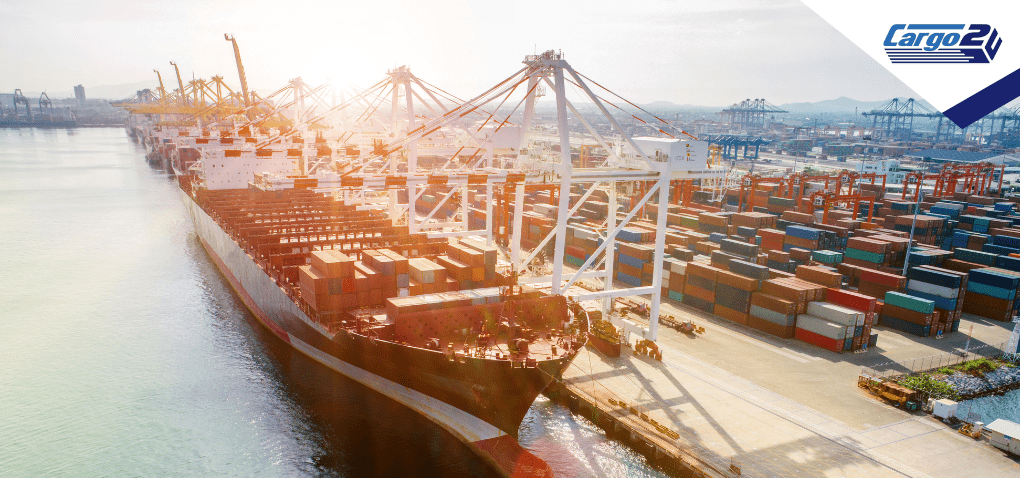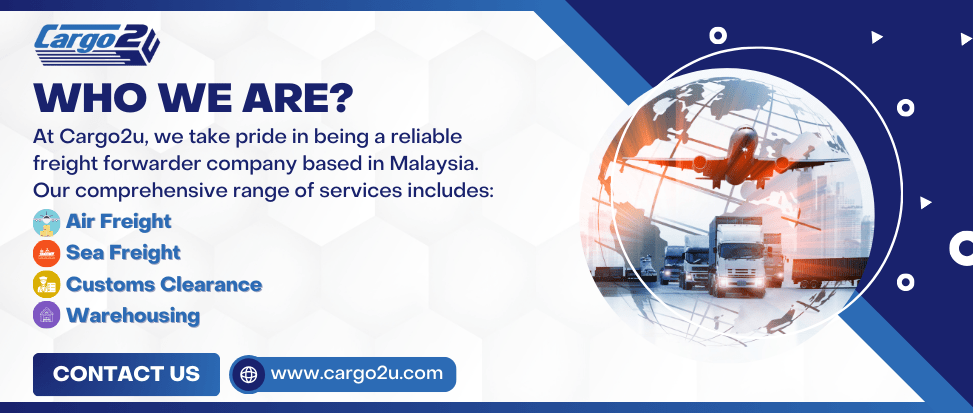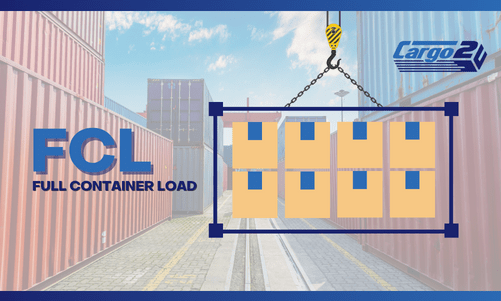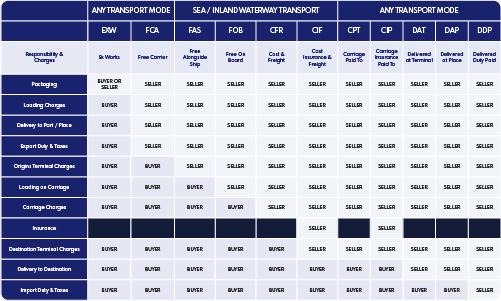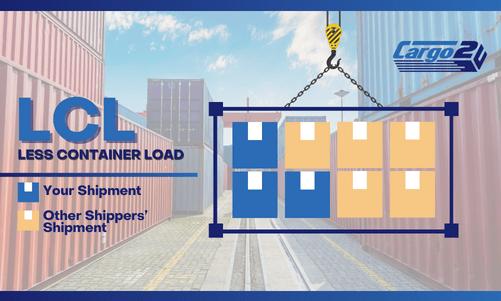
top 4 Impacts of singapore port congestions on shippers in 2024
How Singapore's Port Congestions Are Impacting Shippers?
The recent port congestions at Singapore Port are causing significant disruptions across the logistics and supply chain industry, affecting not only Singapore but also neighboring ports, including Port Klang, Malaysia. This article examines the implications of the top 4 impacts of Singapore port congestions on Port Klang, and how does it affect shippers in Malaysia.
4 Impacts Shipper Should Expect
1. Why Are Your Shipments Taking Longer Than Ever?
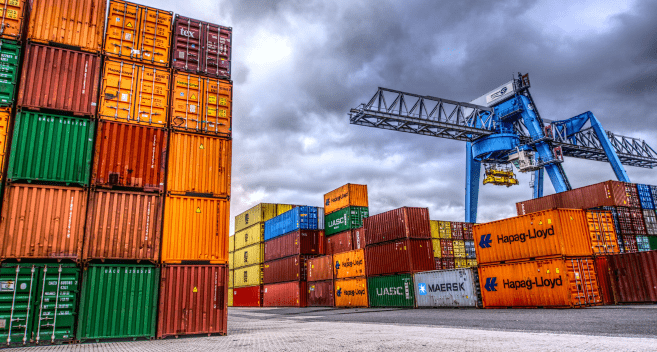
The recent geopolitical tensions, particularly in the Red Sea, have forced shipping lines to divert their routes around the Cape of Good Hope. This diversion adds thousands of miles to voyages between Asia and Europe, significantly increasing transit times. For shippers, this means a longer wait for goods to reach their destinations, which can disrupt inventory management and delay production schedules. The congestion at key transshipment hubs, like Singapore, where delays have extended up to seven days, further compounds the problem. Shippers should be prepared for prolonged delays, as longer waiting times at major ports, especially in Asia, are becoming the trend.
2. What’s Driving Up Your Shipping Costs?
The increased operational costs due to route diversions and the associated longer transit times are directly impacting shipping expenses. Each diversion around the Cape of Good Hope adds about $1 million in fuel costs, not to mention the extra time required. This results in higher freight rates, as evidenced by the 7% week-over-week increment in the Shanghai Containerized Freight Index (SCFI) and a notable 12% rise on the Asia-Europe route. This means a substantial hike in overall logistics expenses for shippers. Budgeting for these additional expenses and possibly adjusting product pricing will be essential to maintain profitability.
3. Vessels and Container Equipment Shortage
As vessels remain at sea for longer durations due to the delays, there is a growing shortage of vessels and container equipment in exporting countries. It’s problematic for freight forwarders in Malaysia to handle large products like automobiles or semiconductors. Not only have schedules been disrupted, but container turnaround times have also slowed.
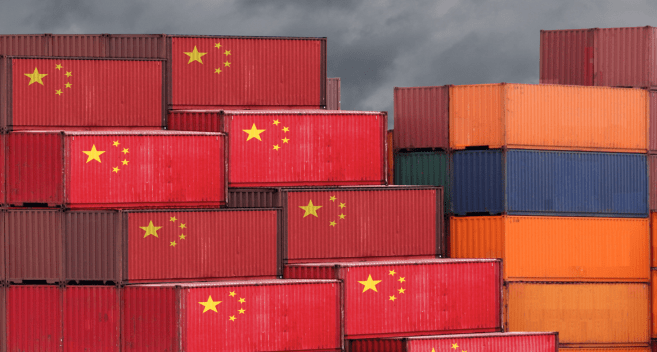
Furthermore, a recent surge by Chinese shippers to acquire empty containers and expedite exports to the U.S. and Europe ahead of the August tariff deadlines has intensified the shortage. For shippers, this means facing increased operational costs, which are often passed on to consumers, resulting in higher prices for goods. The shortage directly affects your ability to plan and execute efficient logistics, leading to potential delays and increased financial burdens.
4. Navigate the New Shipping Routes
The necessity to avoid the Red Sea due to Houthi attacks has led to the rerouting of vessels, significantly altering global shipping patterns. Approximately 90% of container ship traffic that once passed through the Red Sea now travels around the African Cape, causing increased congestion at alternative ports. This means shippers will face unpredictability in shipping schedules and potential delays in receiving goods. Staying informed about global route changes and working closely with logistics providers like Cargo2U, which provides secure, reliable, and cost-effective ocean freight services in Malaysia. Ship your cargo with us today:


